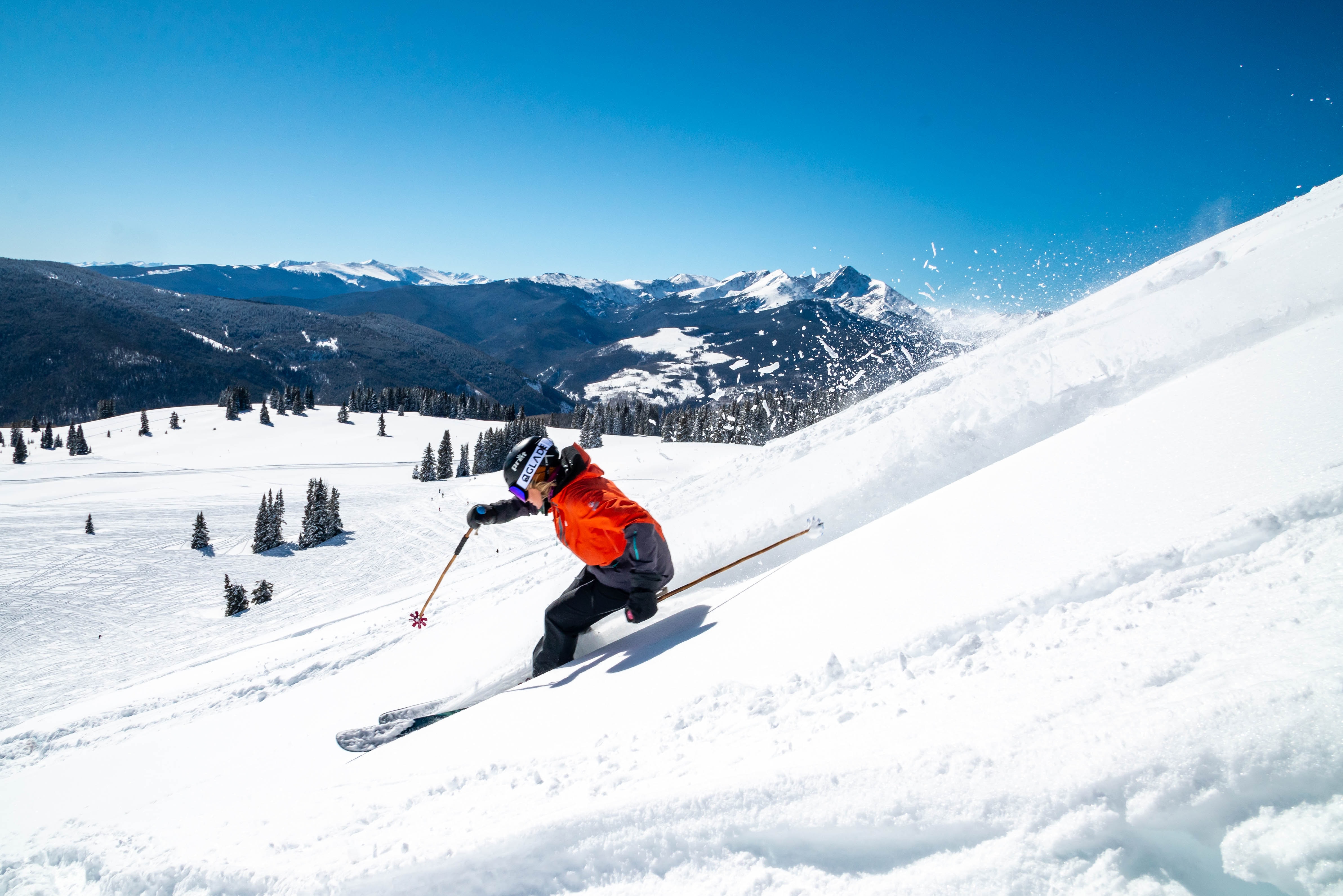
Elevation Alert
Webinar Experts to Offer Backcountry Adventurers Tips on How to Avoid Avalanches in New Mexico's Mountains
Skiers, snowboarders and snowmobilers who venture into New Mexico’s backcountry can expect plenty of fresh air and spectacular scenery, but they need to know that winter recreation in the mountains carries with it a real risk of being caught in an avalanche.
That’s why The University of New Mexico International Mountain Medicine Center and the Outdoor Recreation Division of the New Mexico Economic Development Department are teaming up this week to offer a webinar on avalanche safety.
“It’s public safety education,” says Axie Navas, director of the Outdoor Recreation Division. “We’re seeing a lot more people going into the backcountry. We really want to highlight the resources that are here in the state that people should be aware of.”
The webinar, the first in a series, is set for Thursday, Dec. 17, from 11:00 a.m.-12:00 p.m. It will feature presentations from an expert team of panelists on how to safely enjoy a backcountry experience and minimize the risk of being caught in an avalanche. They include:
- Aaron Reilly, MD – Emergency physician and core faculty at the International Mountain Medicine Center with a specific focus in both ultra-endurance racing and avalanche rescue and resuscitation. Reillyalso serves as the medical director for several ultramarathon races and is on the board of directors for the Silverton Avalanche School.
- Darryl Macias, MD – Professor in the UNM Department of Emergency Medicine, director of the UNM Wilderness, Austere and International Medicine Fellowship and medical director of the International Mountain Medicine Center. Macias also serves as the medical advisor for the Khumbu Climbing Center in Nepal, and has been the physician on climbing expeditions to K2 and Shishapangma in the Himalayas. He started all of UNM’s wilderness medicine programs and currently teaches avalanche education worldwide.
- Jim Donovan – Executive director of the Silverton Avalanche School and an emergency manager, avalanche specialist, mountain rescue specialist and avid backcountry skier.
- Aaron Rice – Santa Fe-based instructor for the Silverton Avalanche School.
- Andy Bond – Founder of the Taos Avalanche Center
“This first webinar is trying to get out to people what are the resources here in New Mexico as far as obtaining education regarding any of these activities,” Reilly says. The erratic snowfall New Mexico’s mountains have received so far this season has increased the likelihood of avalanches, he adds. “It’s a highly unstable and reactive snowpack.”
Jason Williams, director of the International Mountain Medicine Center, says stay-at-home orders aimed at limiting the spread of the novel coronavirus has more people flocking out of doors – and many are avoiding ski areas to limit risk of COVID-19 infection.
“The main concern is that everybody expects to see a lot more backcountry users this season,” he says. “Moving in the backcountry is a whole different thing than skiing in a ski area, where they take avalanche control measures,” he says. And even in ski areas avalanches can still happen.
People need to be prepared before they head to the mountains and pack the proper equipment, including an avalanche beacon, a snow shovel and a probe, Williams says. “It’s really up to the recreationalist to be aware.”
Photo by Raychel Sanner/Unsplash